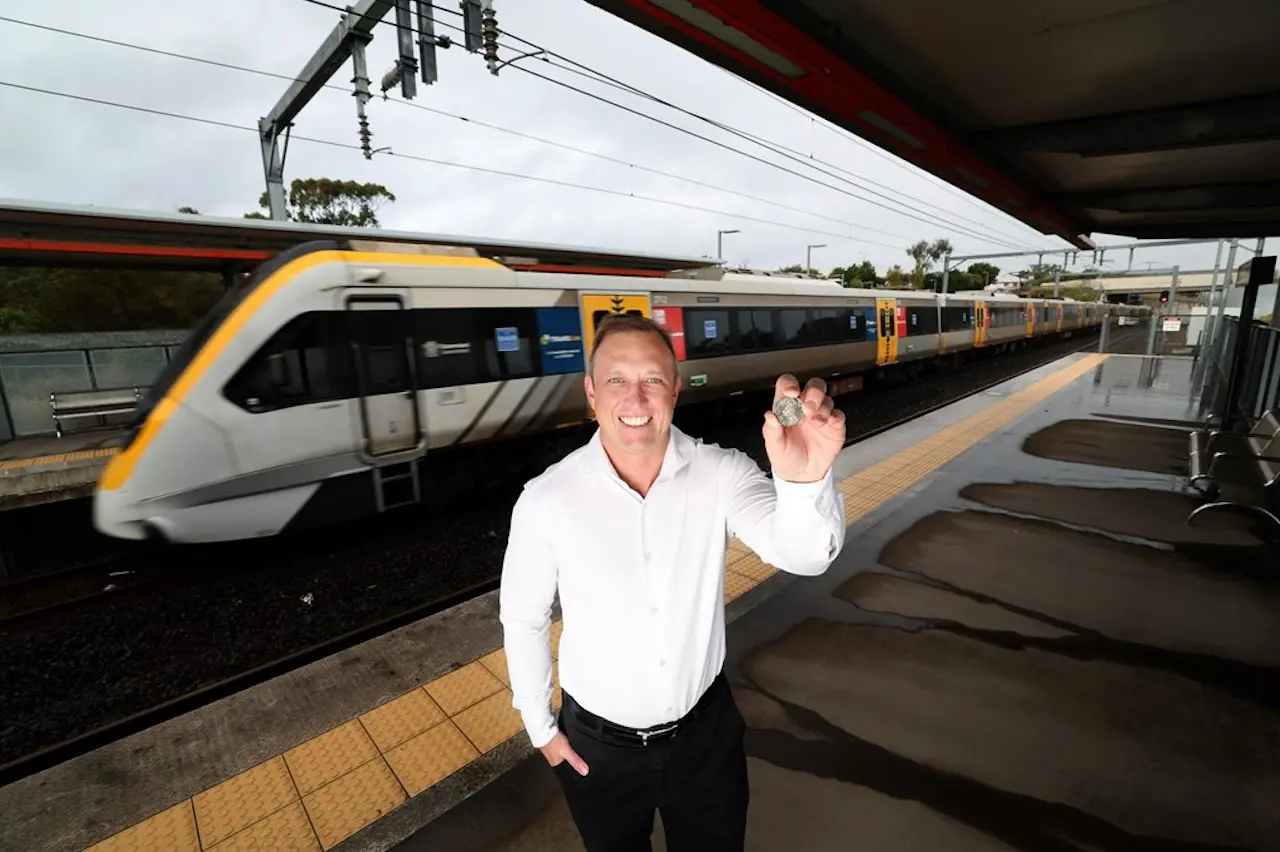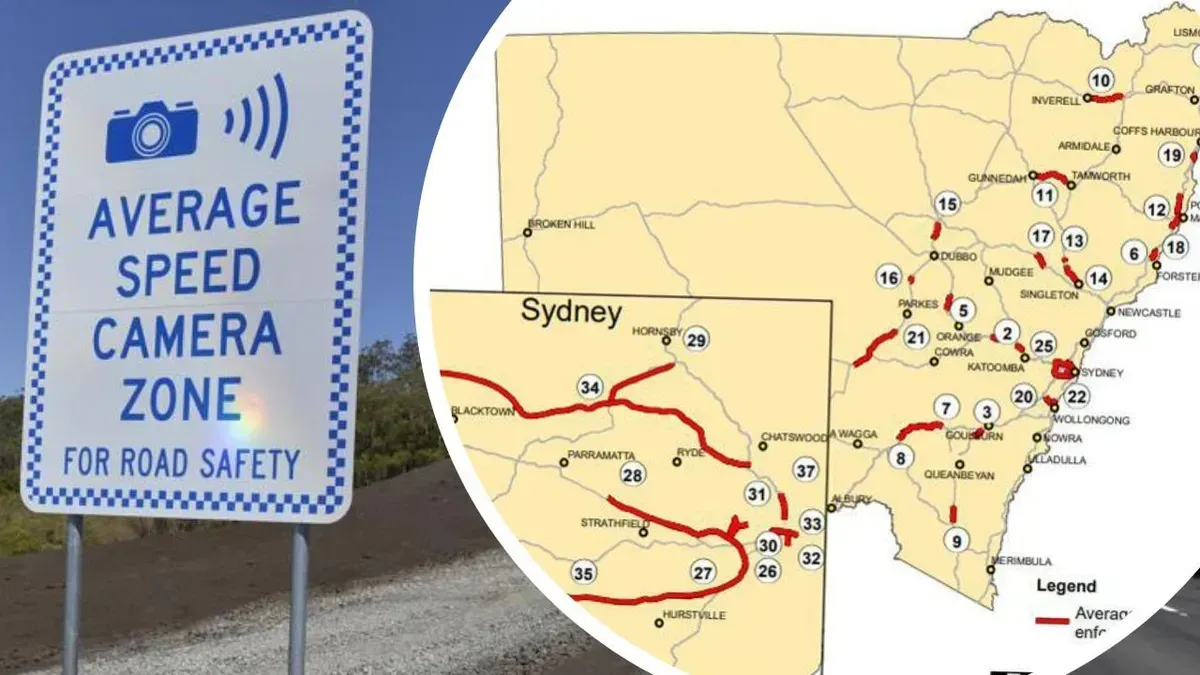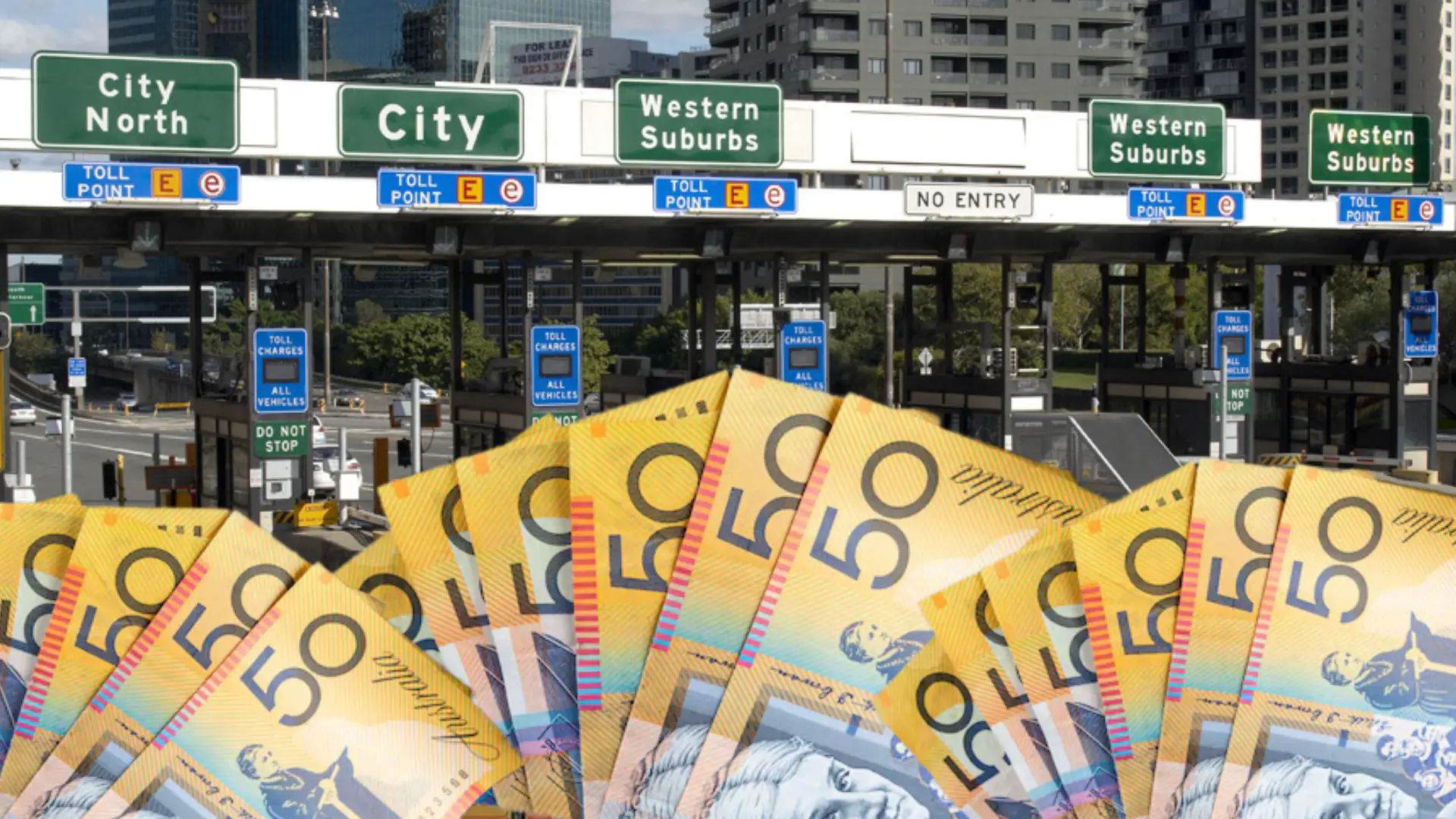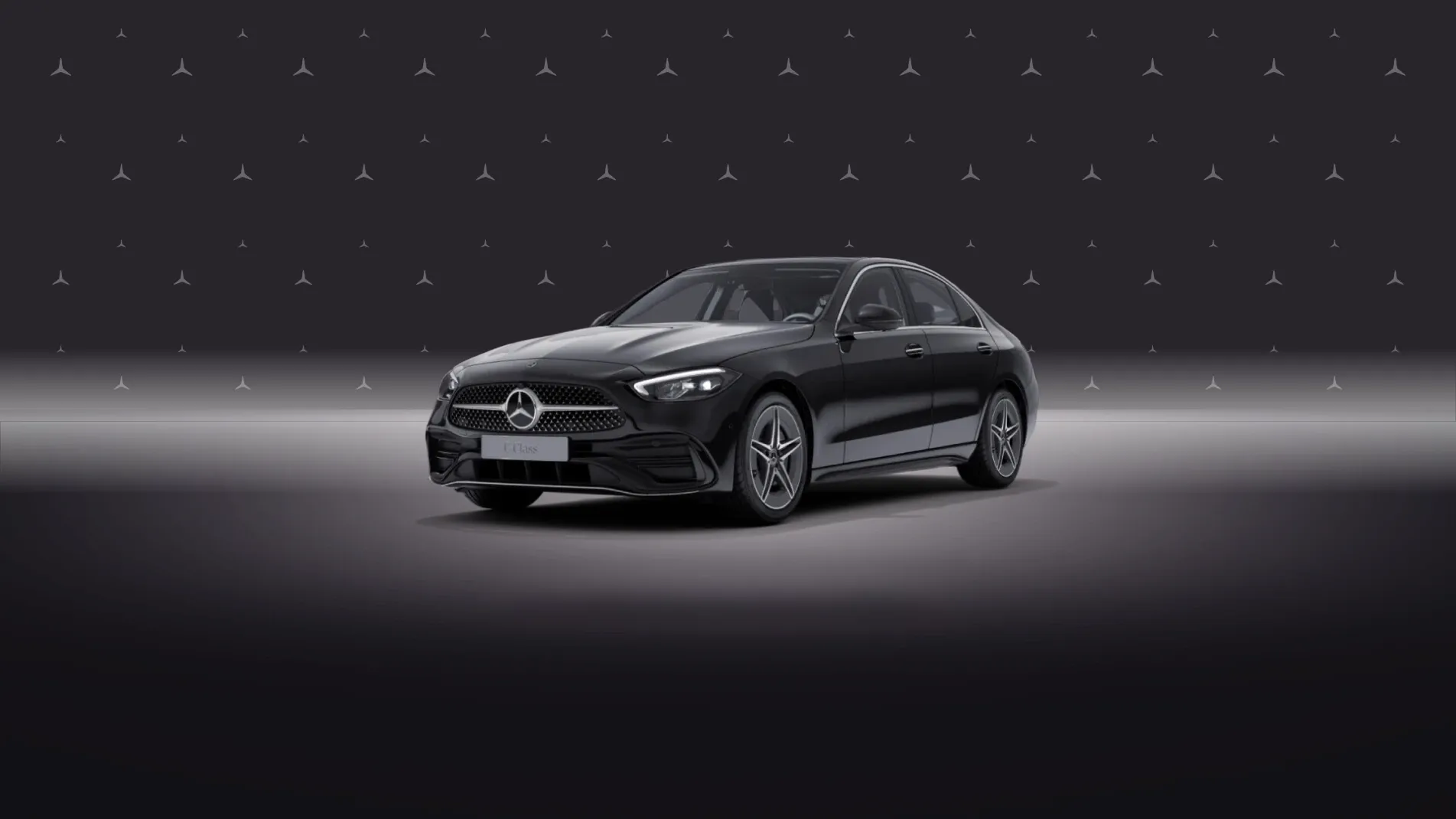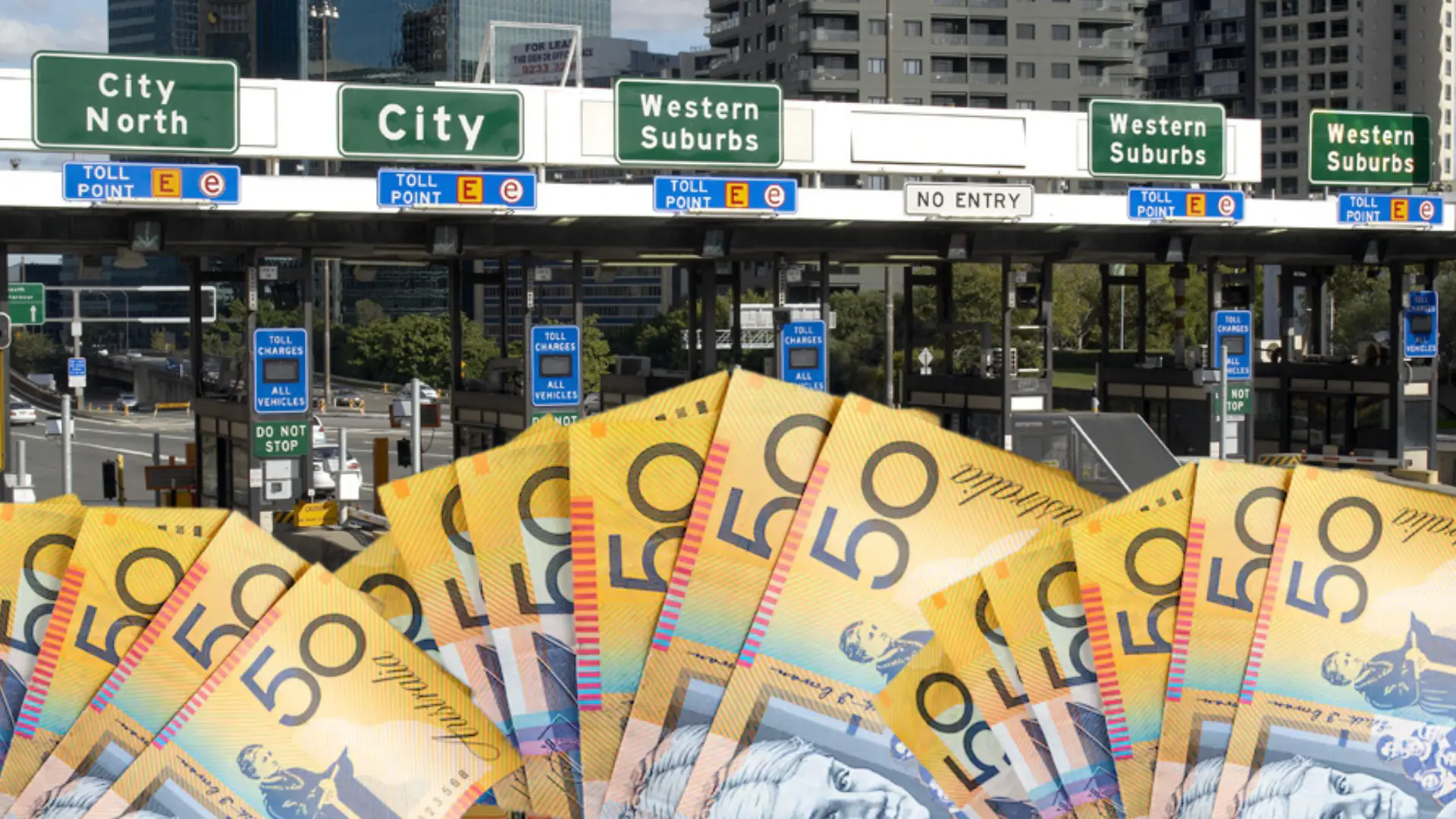Mazda has announced that it will continue to produce diesel engines for the foreseeable future in Australia, despite a global trend towards electric vehicles and declining demand for diesel in some markets. The company remains committed to meeting customer needs, particularly in regions where diesel remains popular, such as Australia and Japan.
Mitsuru Wakiie, the program manager for the new CX-90, stated, “If customers want diesel, as long as we can comply with the emissions regulations in an efficient manner, we would like to continue providing diesels.” This statement underscores Mazda's intention to cater to its customer base while navigating the evolving automotive landscape.


The introduction of the new CX-90 with a diesel option highlights Mazda's strategy to maintain its diesel offerings. Although demand for diesel engines has weakened globally, particularly in Europe and North America, Mazda recognizes that body-on-frame SUVs and utes still favor diesel power in Australia. The BT-50 ute, for example, continues to exclusively offer a diesel engine.
While Mazda has invested significantly in new inline six-cylinder engines, including a 3.3-liter turbo-diesel variant, the company is cautious about expanding its diesel lineup further. Wakiie noted that there hasn't been a strong demand for increased towing capacity on diesel models compared to their petrol counterparts.
In Australia, while passenger cars powered by diesel have seen a decline in popularity, the fuel type remains favored among utility vehicles and larger SUVs. However, Mazda has streamlined its diesel offerings over recent years, dropping the option from models like the Mazda 6 and CX-3 due to slow sales.
As the automotive industry shifts towards electrification and stricter emissions regulations, Mazda's commitment to diesel engines may face challenges. Nevertheless, the company aims to balance consumer preferences with environmental considerations as it continues to develop its lineup.
In summary, Mazda's decision to retain diesel engines in Australia reflects its understanding of market demands while also preparing for an increasingly electrified future. As consumer preferences evolve, it will be interesting to see how Mazda adapts its strategy moving forward.




